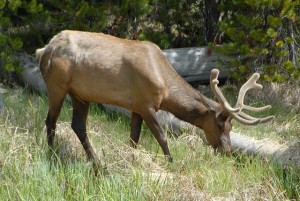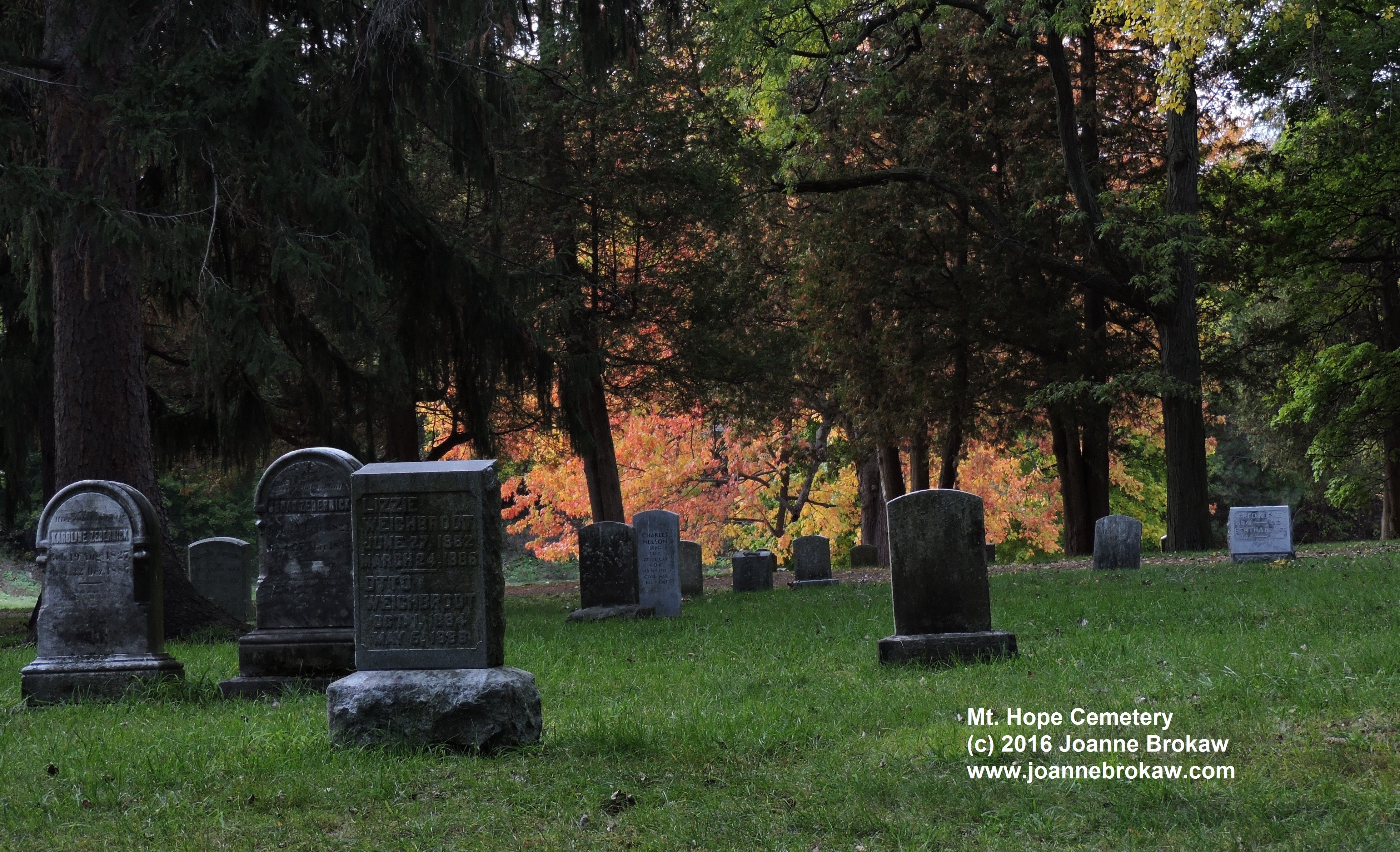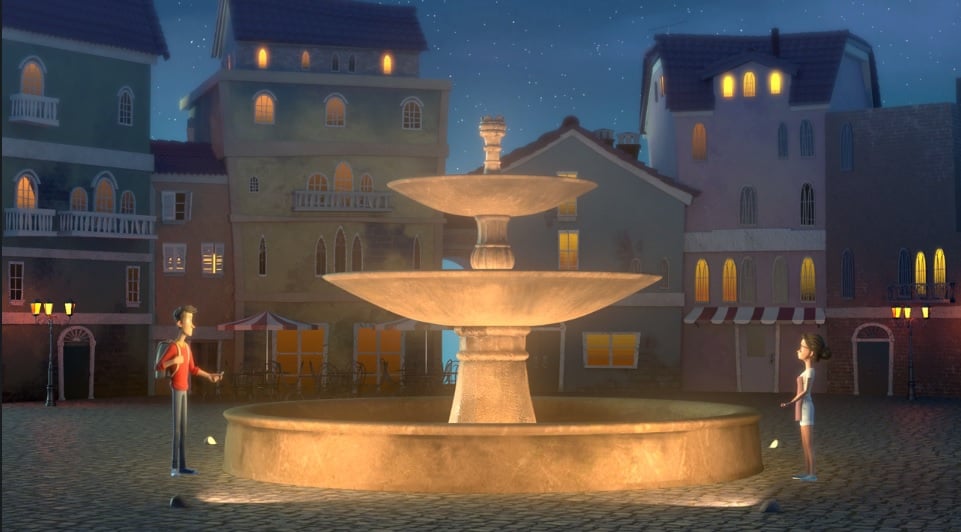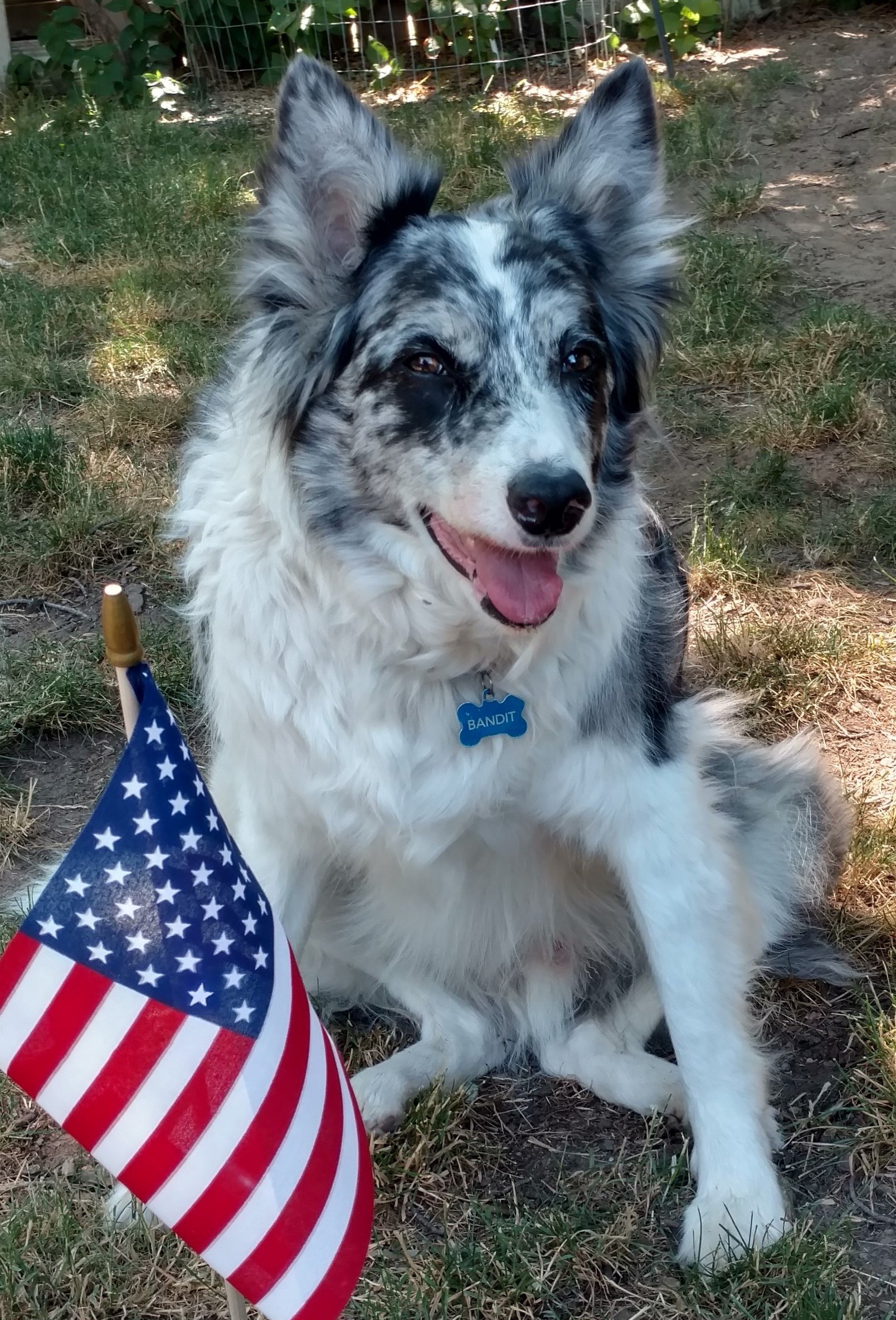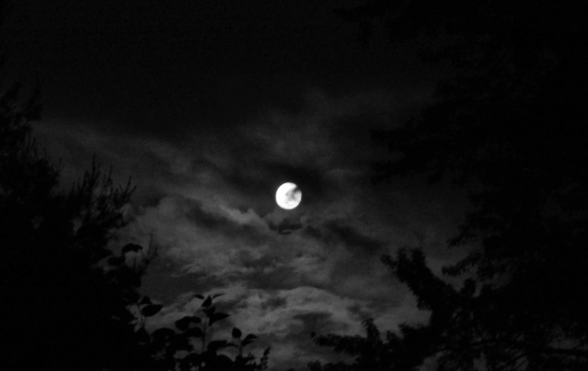In the wake of the story about a three-year-old who breached the barrier at the Cincinnati Zoo last weekend, resulting in the euthanization of a 17-year-old west lowland gorilla named Harambe, a video surfaced this week of a woman at Yellowstone National Park being butted by an elk after she tried to take a photo and got too close for comfort.
It’s one of several recent stories highlighting the problem of adult humans – grown ups who should know better – interfering with the wildlife. Like this lady, who walked up to a massive bison and started petting it like a big dog. I’m not sure what she planned to do if the bison got up, but I suspect the family vacation photos would have taken a decidedly more sinister air.
In 2015, a young girl was injured while posing for a photo near a bison when it “lifted its head, took a couple steps and gored her”. It was just one of several bison attacks last summer. Last week, the Montana Standard wrote about a woman who got out of a car to take a photo of a mother bear and her cubs, not realizing – or, more likely, not caring – that a mama bear protecting her babies is one mean mother.
Or maybe they’re all vying for a Darwin Award.
Not everyone who interferes is taking a selfie, but they can cause just as many problems. We all remember a few weeks ago when well-meaning tourists Shamash Kassam and his son Shaquille took a baby bison to the ranger station in an attempt to rescue it, after seeing it struggling to cross a river and then standing alone and shivering on the side of the road, the herd nowhere in sight. The bison was later euthanized by rangers, who claimed the park has no facilities to care for it. That story caused a firestorm across social media that I’m still trying to sort out.
This week Kassam, who is a farmer in Africa and so isn’t completely ignorant about animals, was fined $230 and ordered to make a $500 donation to the park. (Side note: is it still a donation if you’re forced to pay it? Just curious.) He said in an ABC News interview that he’s seen poachers kill mothers and leave the baby behind, and he assumed this was a similar situation in which the mother abandoned the bison. With no cell service to call a ranger, they decided the best course of action was to take the bison to the ranger station themselves.
He meant well, but when asked by the reporter what he’d do today in the same situation, Kassam replied, “In Yellowstone Park we would just leave it, because they say let the nature take the course.”
And that’s the point I’m trying to make.
I don’t know if we humans are ignorant about wild animals or arrogant in believing we’re superior so the animals will thus bend to our will. Or maybe it’s an even more dangerous combination of the two. But animals in Yellowstone are living in their natural environment, roaming and eating and hunting and copulating and giving birth and killing each other and just trying to live their damned lives without interference from humans who want to get a good photo for their Christmas card.
I imagine at the end of the day the bison and elk and deer and bear all meet up and compare notes: “Did you see the idiot with the camera trying to take a picture while I ate dinner?” “How ’bout the dummy trying to pet me? What a moron.” “I wanted so badly to eat that guy wearing the man purse, but Marge held me back.”
As Jeffrey Olson, a spokesman for the National Park Service, told ABC News, “We would much rather be doing interpretive programs and answering questions about that mountain, that lake, than writing tickets and hauling people to the hospital.”
Translation: because grown adults can’t control themselves, park rangers have to babysit them.
That the animals at Yellowstone aren’t mauling tourists on a daily basis speaks to their tolerance of our obsessive need to encroach on their privacy. It’s a gift they give to us.
Do them all a favor: Don’t pet the animals.

